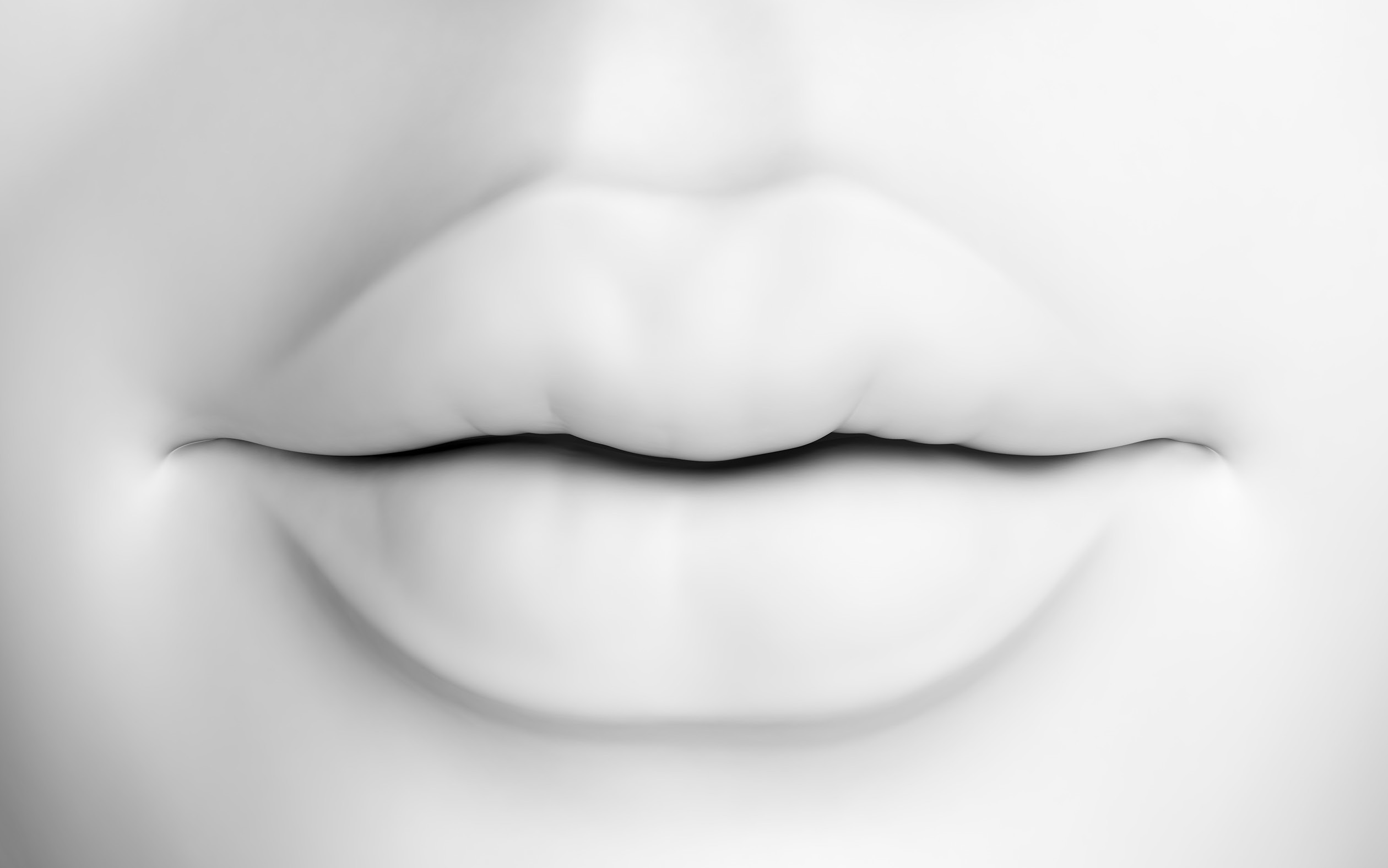
The blazon is a rhetorical device that was widely used to sing a woman’s praises in the Tudor period — but it is not exactly romantic. To put it simply, a blazon is a list of a woman’s body parts, which usually starts at the head and ends at the toes. What links the blazon with love is the way in which it celebrates the body of the addressee through the use of hyperbole and simile. Eyes become stars, lips become corals, teeth pearls and so on. Elizabethan poetry is awash with beautiful and inventive examples of the blazon, but the device’s popularity and formulaic structure also made it ripe for satire.
In ENGLISH REVIEW Vol. 27, No. 3 (January 2017), Beatrice Groves showed how playfully the blazon was used in Shakespeare’s plays to mock his love-sick heroes, exposing their high-flown language as a sham. Following on from this analysis, my topic is the Elizabethan sonnet; I am going to explore three sonnets which use the blazon in very different ways. In the first, by Edmund Spenser, the sensual and erotic power of the blazon is given full rein. The second two, Shakespeare’s Sonnets 130 and 20, both mock the blazon. In spite of their overt differences, all three sonnets raise similar questions about the position of both speaker and addressee in a male-authored love poem.
Your organisation does not have access to this article.
Sign up today to give your students the edge they need to achieve their best grades with subject expertise
Subscribe




